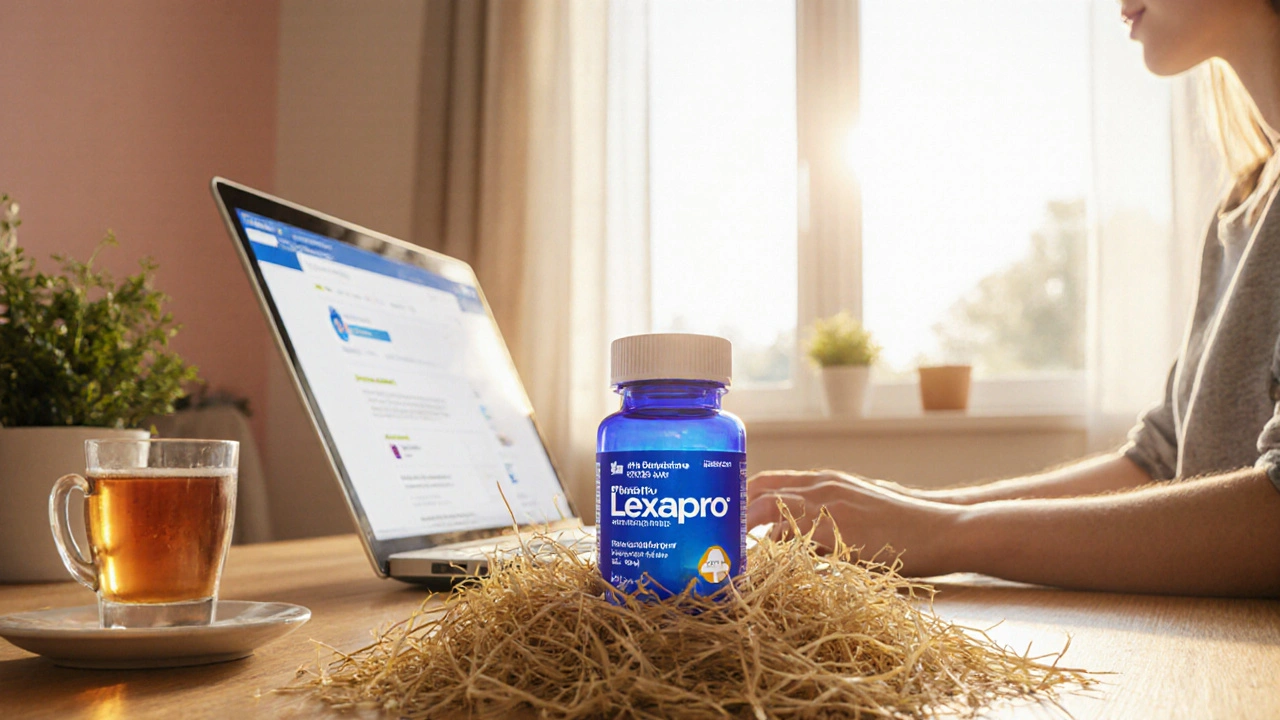Generic Antidepressant Overview: Types, Benefits, and Safety
When talking about generic antidepressant, a medication that’s chemically identical to a brand‑name antidepressant but sold at a lower price. Also known as off‑brand antidepressant, it works by balancing brain chemicals to lift mood and ease anxiety.
This broad category encompasses several drug families. One major branch is Selective serotonin reuptake inhibitor (SSRI), drugs that boost serotonin levels by blocking its re‑absorption. Another is Serotonin‑norepinephrine reuptake inhibitor (SNRI), medicines that raise both serotonin and norepinephrine. A third classic group is the tricyclic antidepressant (TCA), older compounds that affect multiple neurotransmitters. All three families share the goal of easing depressive symptoms, yet each has its own side‑effect profile and dosing quirks.
How Generic Antidepressants Fit Into Everyday Treatment
Choosing a generic antidepressant requires a prescription, because the right choice hinges on your medical history, current meds, and how your body reacts. For example, SSRIs like fluoxetine or sertraline are often first‑line because they tend to cause fewer sedation issues. SNRIs such as venlafaxine or duloxetine may be better when you also struggle with chronic pain, since they target norepinephrine too. TCAs—think amitriptyline or nortriptyline—are usually reserved for cases where newer agents haven’t worked, due to their higher risk of cardiac side effects.
Side effects influence adherence. Common SSRI complaints include mild nausea, headache, or a temporary increase in anxiety. SNRI users might notice higher blood pressure or a feeling of restlessness. TCAs often bring dry mouth, constipation, or drowsiness. Understanding these patterns helps you and your prescriber weigh benefits against drawbacks before committing to a long‑term plan.
Cost is another practical factor. Generic versions cut the price dramatically—sometimes by more than 70 % compared with branded pills—making ongoing therapy affordable. Insurance plans usually favor generics, so you’ll see lower co‑pays and easier prior‑authorisation processes. However, always verify that the pharmacy you choose follows reputable sourcing standards to avoid counterfeit products.
When you start a generic antidepressant, the first few weeks are key. Your brain needs time to adjust, so you might not feel full relief right away. Doctors typically schedule a follow‑up after 4‑6 weeks to assess effectiveness and tweak the dose. If side effects are troublesome, a slow taper or a switch to another family can solve the problem without compromising treatment.
Beyond the main families, a few specialized generics—like bupropion, which targets dopamine and norepinephrine—serve patients who can’t tolerate sexual side effects common to SSRIs and SNRIs. These alternatives demonstrate how the generic market expands to cover niche needs while keeping prices low.
In short, a generic antidepressant is a versatile tool that offers the same therapeutic impact as its brand‑name counterpart, with savings that matter for long‑term care. It ties together the science of neurotransmitter balance, the practicality of prescription management, and the everyday reality of side‑effect monitoring.
Below you’ll find a curated collection of articles that dive deeper into specific drugs, compare costs, explain how to buy safely online, and share tips for managing common side effects. Whether you’re just starting therapy or looking to switch, these resources give you the context you need to make informed decisions.

Buy Cheap Generic Lexapro Online - 2025 Guide
Harrison Greywell Oct, 4 2025 19A step‑by‑step 2025 guide on buying cheap generic Lexapro online, covering safety checks, price comparisons, ordering process, and money‑saving tips.
More Detail